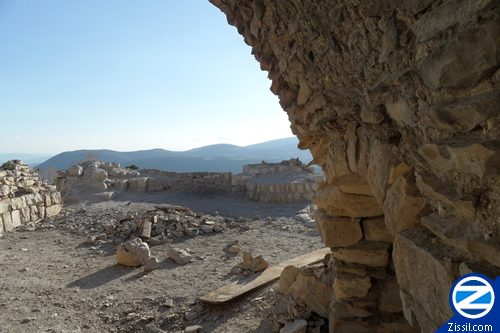On January 1, 1837, the city of Safed in the Upper Galilee suffered a devastating earthquake that killed thousands of people and caused almost total destruction.
The largest recorded earthquake in Safed (Tzfat), located 900 meters (3200 feet) above sea level in the mountains of the Upper Galilee, occurred on January 1, 1837. During this earthquake, Safed and Tiberias, a city on the western shore of the Sea of Galilee, were completely destroyed, and nearby Arab villages were severely damaged. It is estimated that 4,000-5,000 people, mostly Jews, were killed in Safed, and several hundred in Tiberias.
The earthquake – referred to as the Safed Earthquake or the Galilee Earthquake of 1837 – caused extensive damage, apparently due to landslides or poor soil conditions.
According to geological experts, the epicenter was in the Jordan Rift Valley east of Safed, and the magnitude was between 6.1 and 6.8.
Some areas in close proximity to Safed escaped damage completely. Nazareth was only moderately damaged. The dramatic contrast in the effects of the earthquake seem to indicate that ground conditions played a large role in the amount of damage a particular location suffered.
Some survivors were pulled from the ruins as many as six or seven days after the earthquake.
It was very difficult for the surviving Jews, and many left for other destinations. Most of the synagogues were in ruins. Funds were lacking, and there was constant danger from Arabs and from the elements.
Two Jewish philanthropists, Sir Moses Montefiore of Britain and Italian Rabbi Yitzchak Goyatos, impressed by the perseverance of those determined to remain, helped rebuild the community.
The beautiful city of Safed has a population of approximately 35,000 and is a major tourist destination.
By: United with Israel Staff
(With files from safed.co.il)
